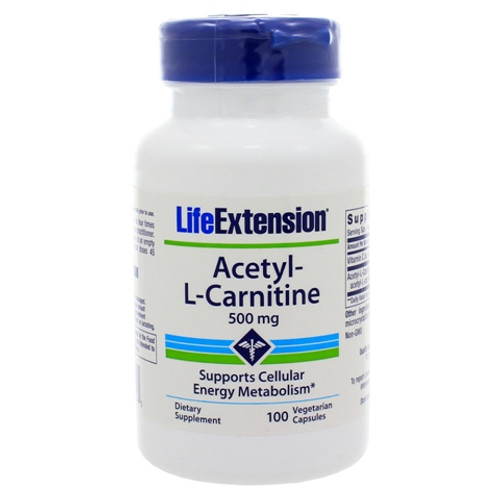Carnosine is a multifunctional dipeptide made up of the amino acids beta-alanine and L-histidine.58 It is found both in food and in the human body. Long-lived cells such as nerve cells (neurons) and muscle cells (myocytes) contain high levels of carnosine.58 Muscle levels of carnosine correlate with the maximum life spans of animals. Carnosine has been shown to be an anti-glycating agent.59-65
This nutrient has the ability to suppress formation of advanced glycation end products (AGEs)66-69 Carnosine levels decline with age. Muscle levels decline 63% from age 10 to age 70, which may account for the normal age-related decline in muscle mass and function.73
Since carnosine acts as a pH buffer, it can keep on protecting muscle cell membranes from oxidation under the acidic conditions of muscular exertion. Carnosine enables the heart muscle to contract more efficiently through enhancement of calcium response in heart myocytes.74
Aging causes damage to the body’s proteins. One underlying mechanism behind this damage is glycation. Glycation involves the non-enzyme controlled cross-linking of proteins or lipids and sugars to form non-functioning structures in the body. The process of glycation can be superficially seen as wrinkled skin. Glycation is also an underlying cause of age-related neurologic, vascular, and eye problems.75-86 Carnosine is a unique dipeptide that can interfere with the glycation process.59-65
References available upon request.











